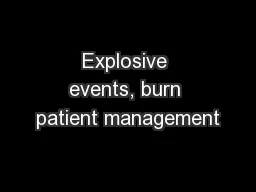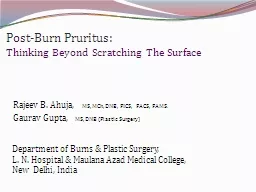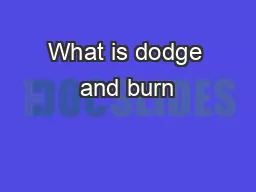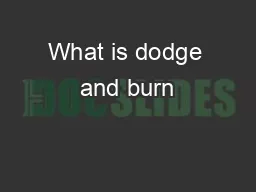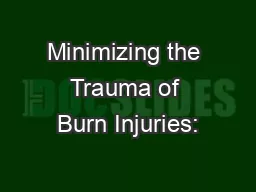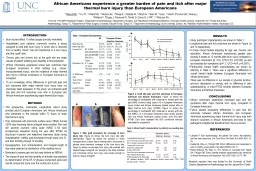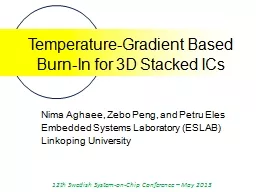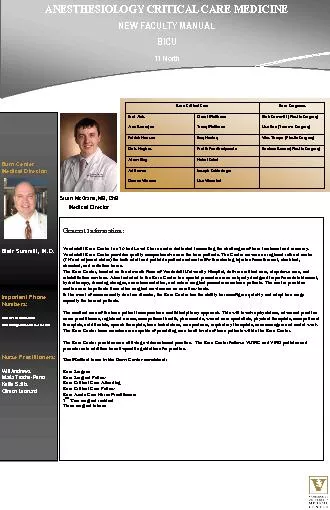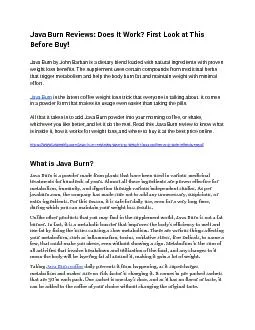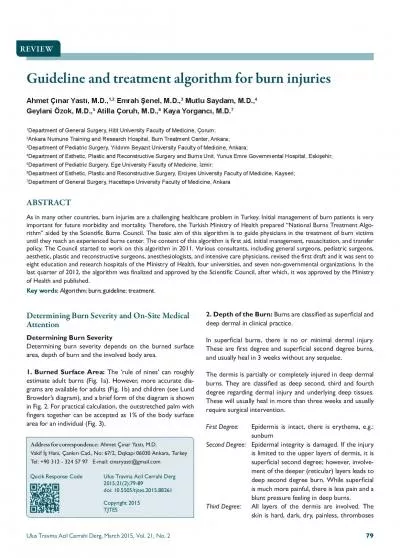PDF-Pulse Check 2019Initial care of the burn patientSuffern NYSeptember 1
Author : sophia2 | Published Date : 2022-08-20
What to Consider for Initial Care Burn Center Referral Burn Classification Calculating TBSA Airway Management Inhalation Injuries Fluid resuscitation Prevention
Presentation Embed Code
Download Presentation
Download Presentation The PPT/PDF document "Pulse Check 2019Initial care of the burn..." is the property of its rightful owner. Permission is granted to download and print the materials on this website for personal, non-commercial use only, and to display it on your personal computer provided you do not modify the materials and that you retain all copyright notices contained in the materials. By downloading content from our website, you accept the terms of this agreement.
Pulse Check 2019Initial care of the burn patientSuffern NYSeptember 1: Transcript
Download Rules Of Document
"Pulse Check 2019Initial care of the burn patientSuffern NYSeptember 1"The content belongs to its owner. You may download and print it for personal use, without modification, and keep all copyright notices. By downloading, you agree to these terms.
Related Documents


